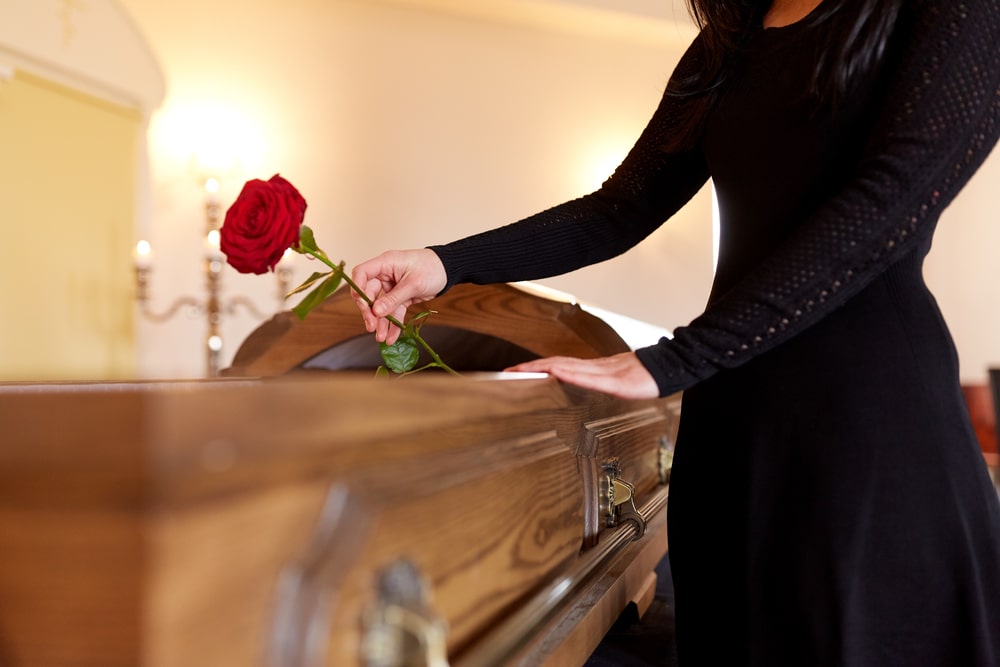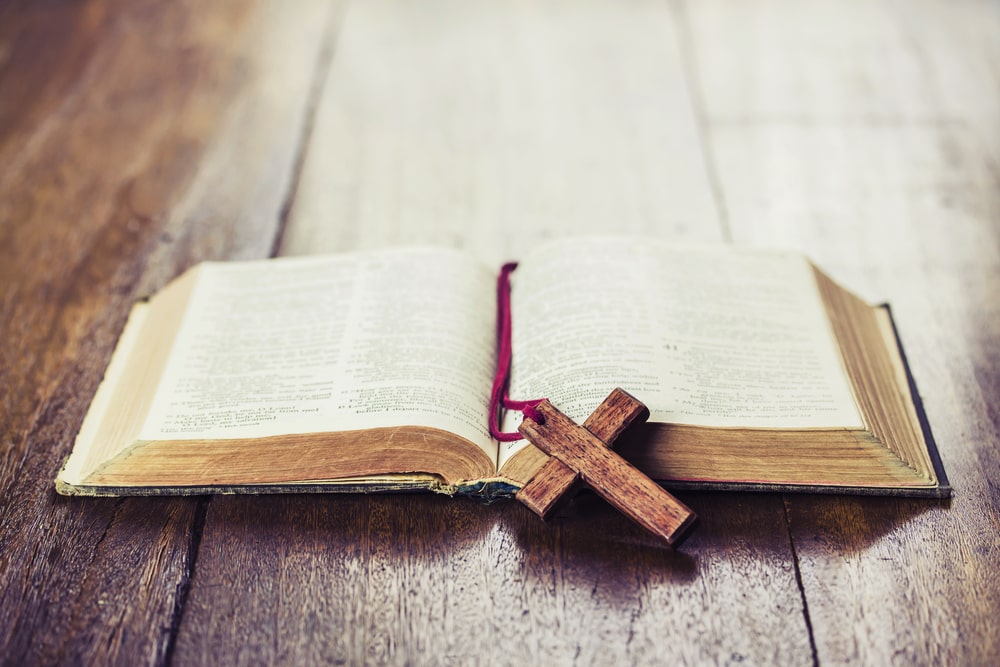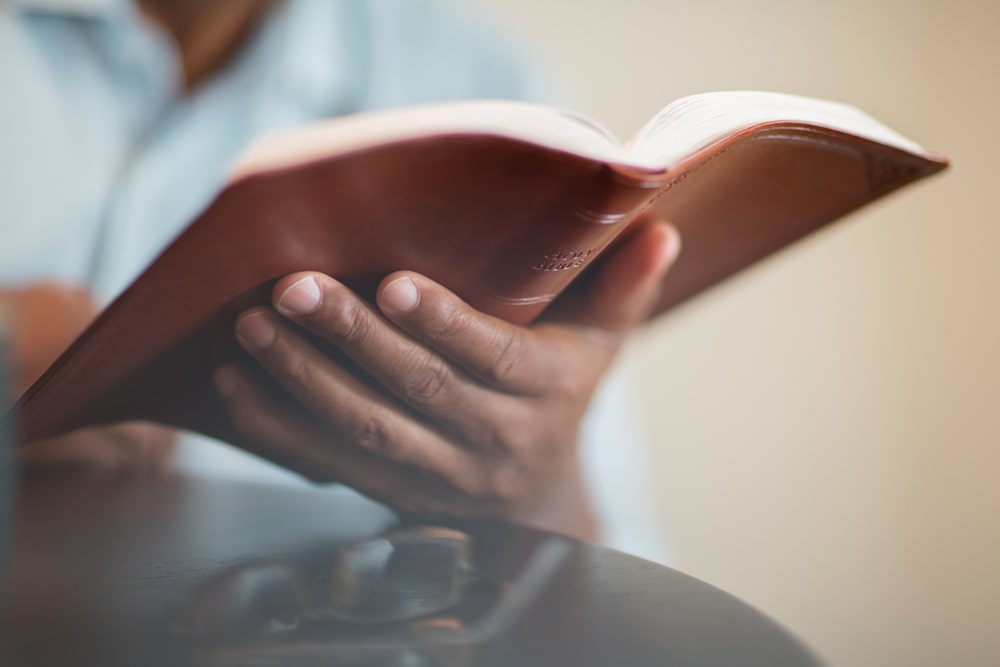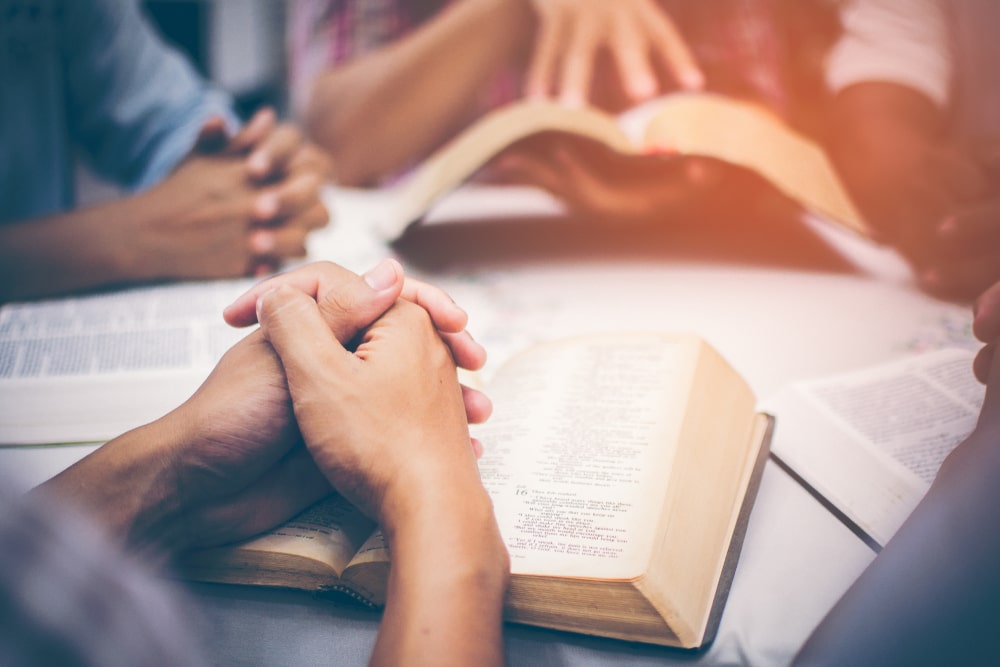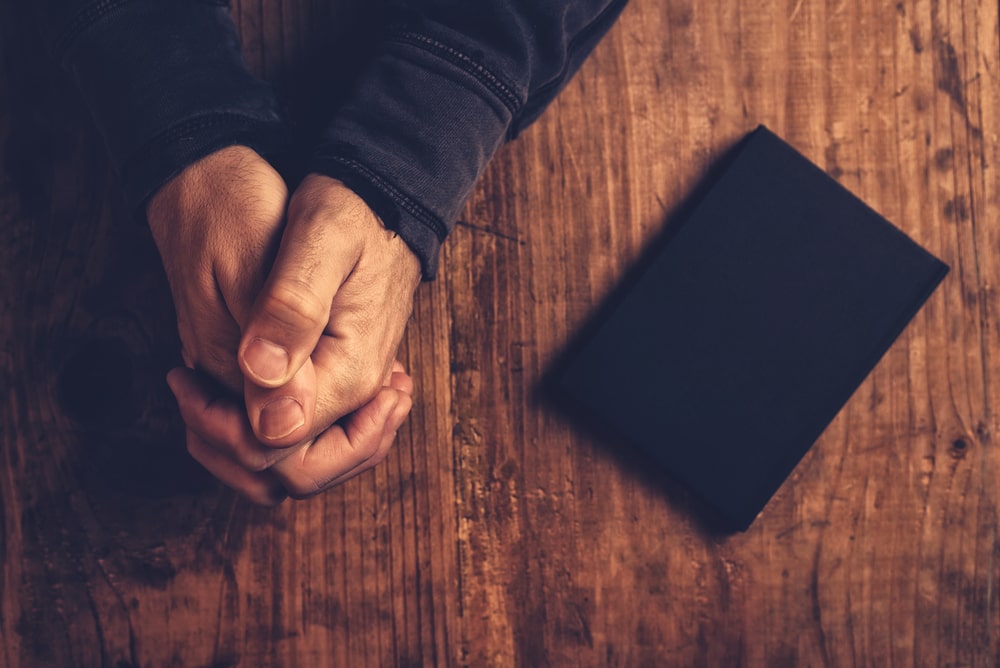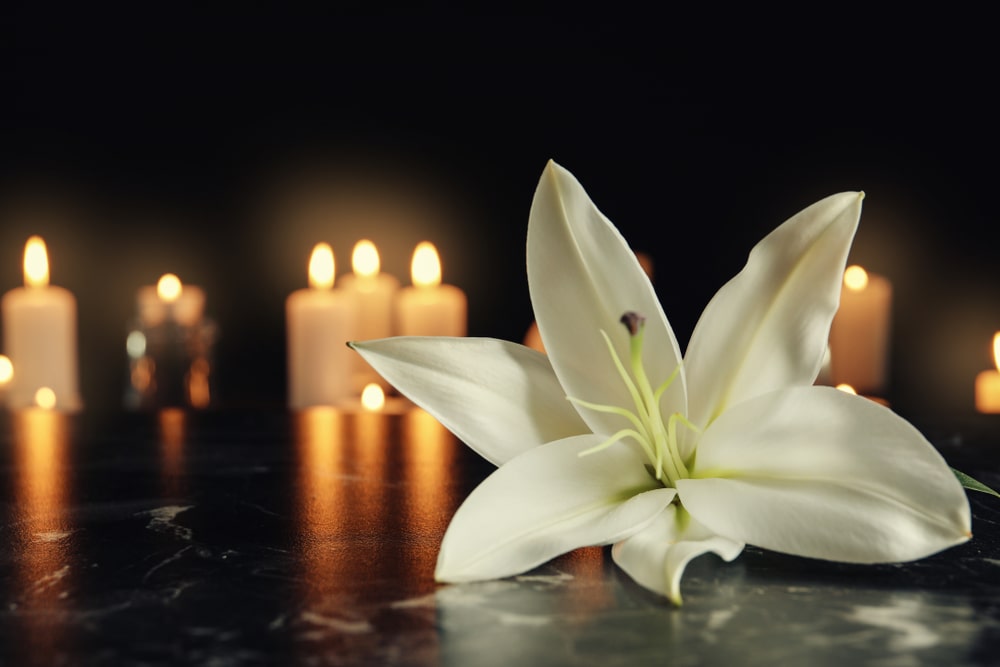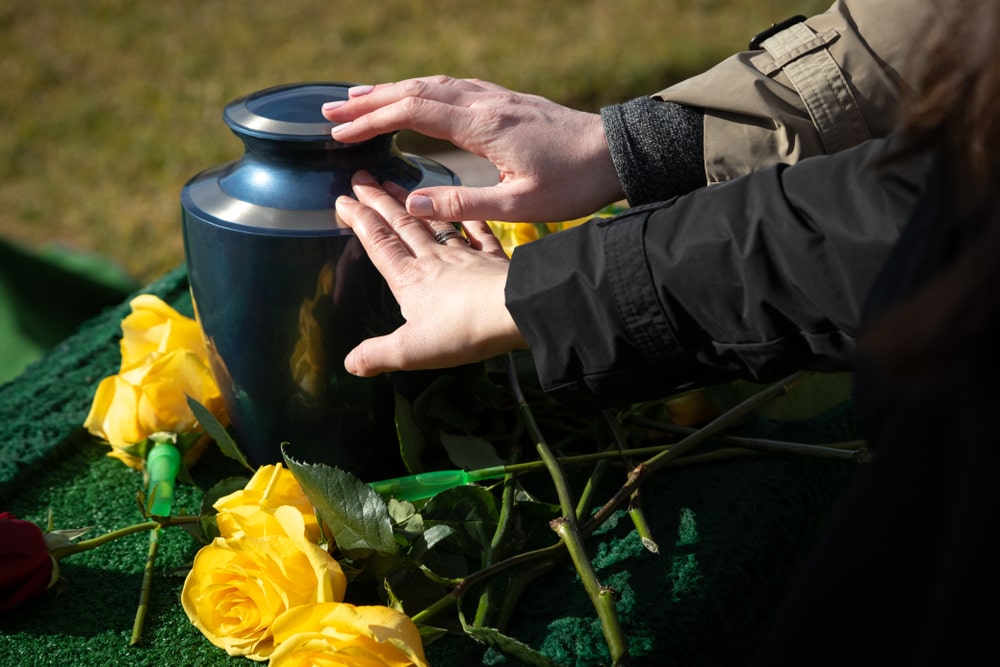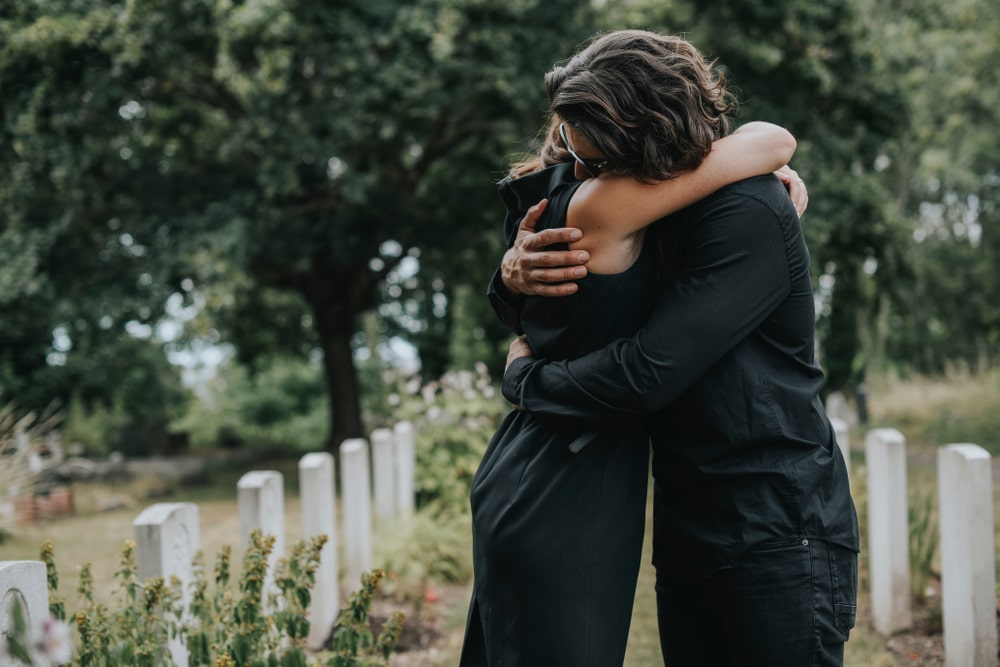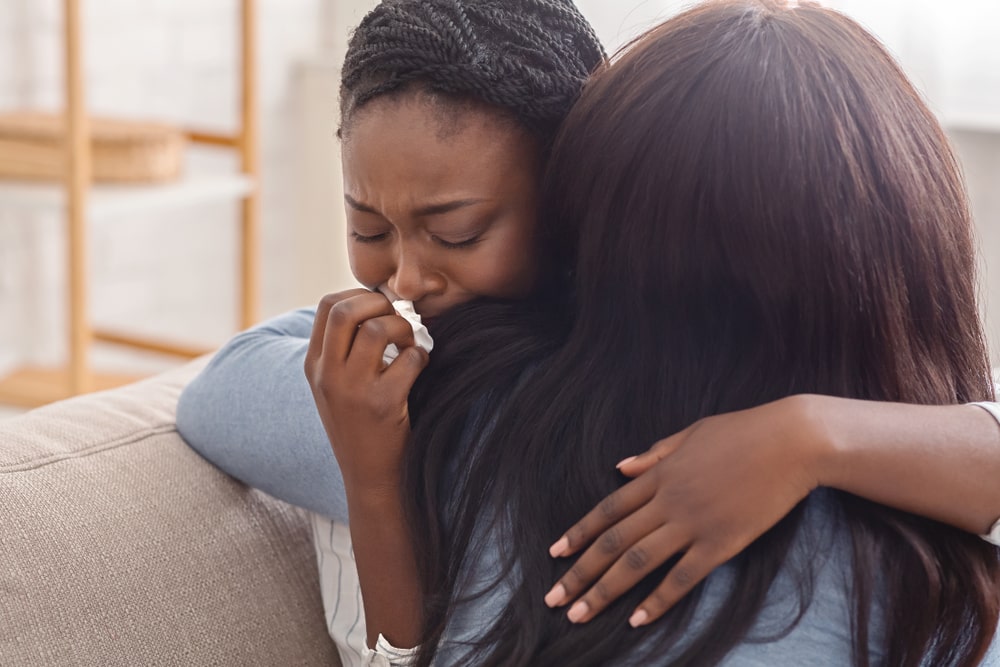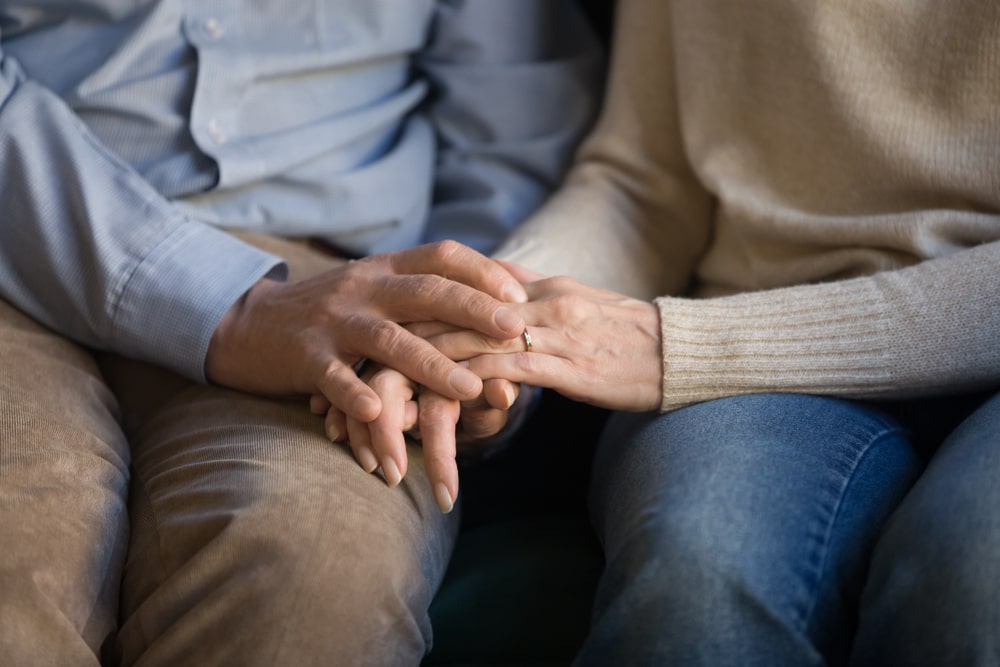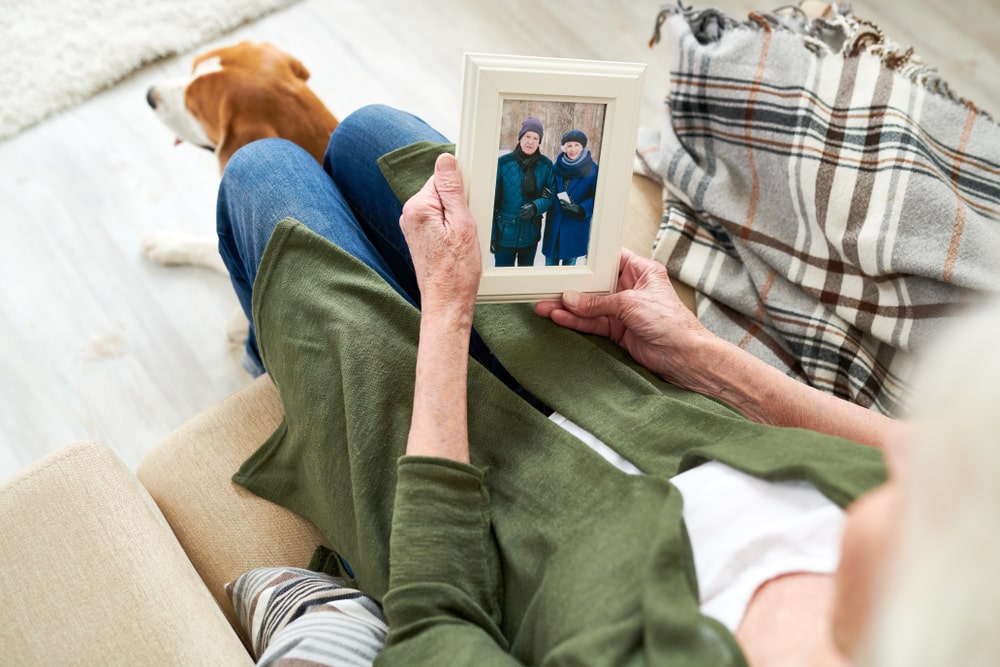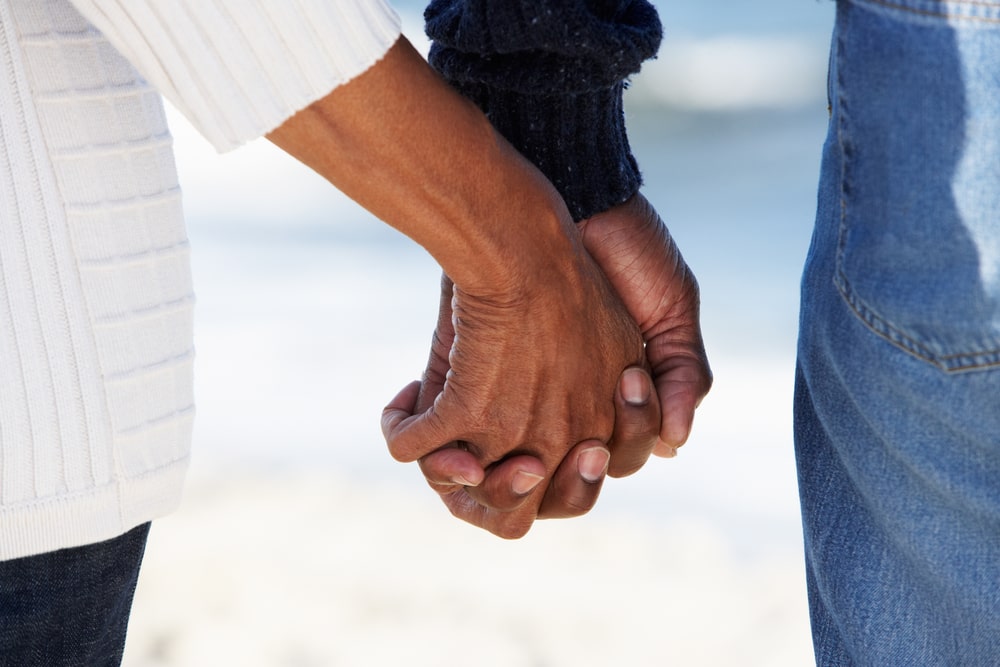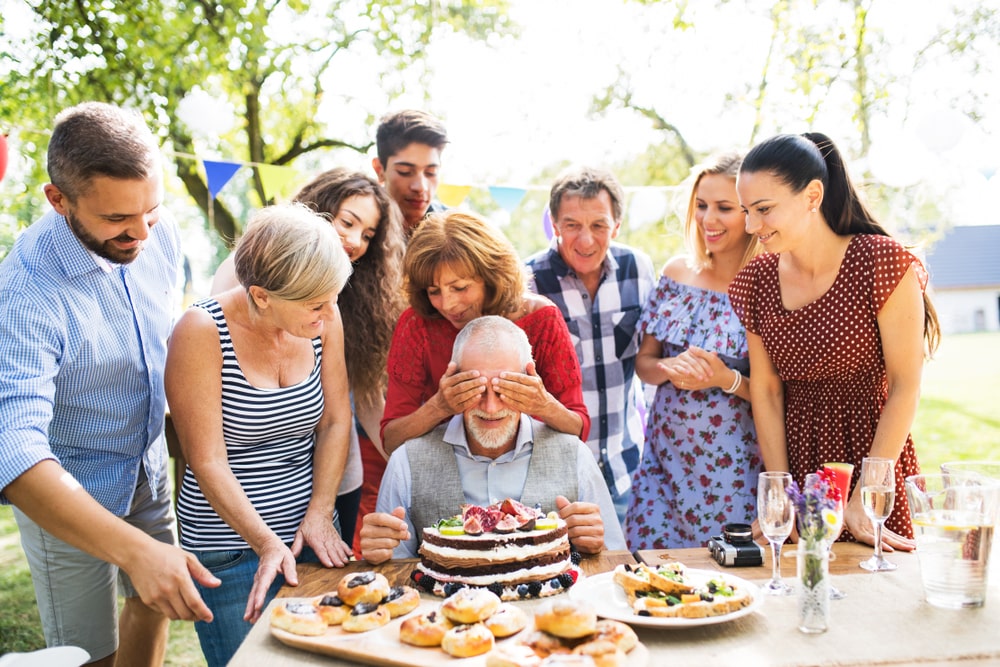If you’ve recently lost someone you love, you have our sincerest sympathies. For many of us, dealing with death and all the logistical and emotional details associated with it is unknown territory, and frankly, a little frightening. We ask ourselves, “What do you do when someone dies?” Here, you will find a comprehensive guide filled with a suite of articles and helpful tools that will assist you through the process from start to finish.
Let’s get started.
Step 1: What to Do Just After a Death Has Occurred
1. Report the Death
The first step is to report the death. Depending on where your loved one was located when they died, this step may have already happened. However, if it hasn’t, you will need to contact the appropriate people. For example, you will contact a different person if your loved one died at home versus in hospice care. For help knowing who to contact, click here.

2. Contact the Appropriate People
Next, you will need to start contacting anyone who needs to know immediately that your loved one has died. This includes other family members, a funeral home or funeral director, a clergy person if needed, and any other key people, like close friends or your boss. Each of these people needs to know what has happened, and some of them will offer caring and support through the funeral planning process.
3. Prepare for the Funeral Arrangement Conference
After you’ve contacted a funeral home, a funeral director will come to your location, and they will respectfully transport your loved one’s body to the funeral home. At that time, you and the funeral director will schedule an arrangement conference so that you (and anyone you would like to bring) can discuss the details of the funeral or memorial service.
After the time is set, you should prepare for the arrangement conference so that it goes as smoothly as possible. Go to What to Expect at a Funeral Arrangement Conference and What Vital Statistics Should I Bring to a Funeral Arrangement Conference? to learn more.

If you don’t already have a funeral home in mind, look online for funeral homes near you that have a good reputation. However, if your loved one is currently in hospice care, consider taking a little extra time finding a funeral home partner. Feel free to read Top 10 Characteristics to Look for in a Funeral Home to help you choose a funeral home that will meet your needs.
4. Rest
After you’ve reported the death, contacted the appropriate people, and arranged and prepared for the arrangement conference, make sure to take time to rest. The coming days will be difficult and require many decisions. You’ll need all the energy you can get.
Step 2: Plan the Funeral or Memorial Service
Next, attend the arrangement conference at the funeral home. If your loved one planned ahead for funeral wishes, the funeral director will pull their file and you can go over your loved one’s wishes. However, if no plans were set in place, you and the funeral director will need to start the funeral planning process from scratch.
There will be many decisions to make. You may know a little bit about what your loved one wanted – burial, cremation, beachside service, church service, etc. However, if you just don’t know, simply do your best. In the ideal situation, your loved one has already planned ahead, but if not, the most important thing to consider is how you can thoughtfully and meaningfully honor their life and legacy through a personalized tribute that truly reflects your loved one’s life, beliefs, and core values.
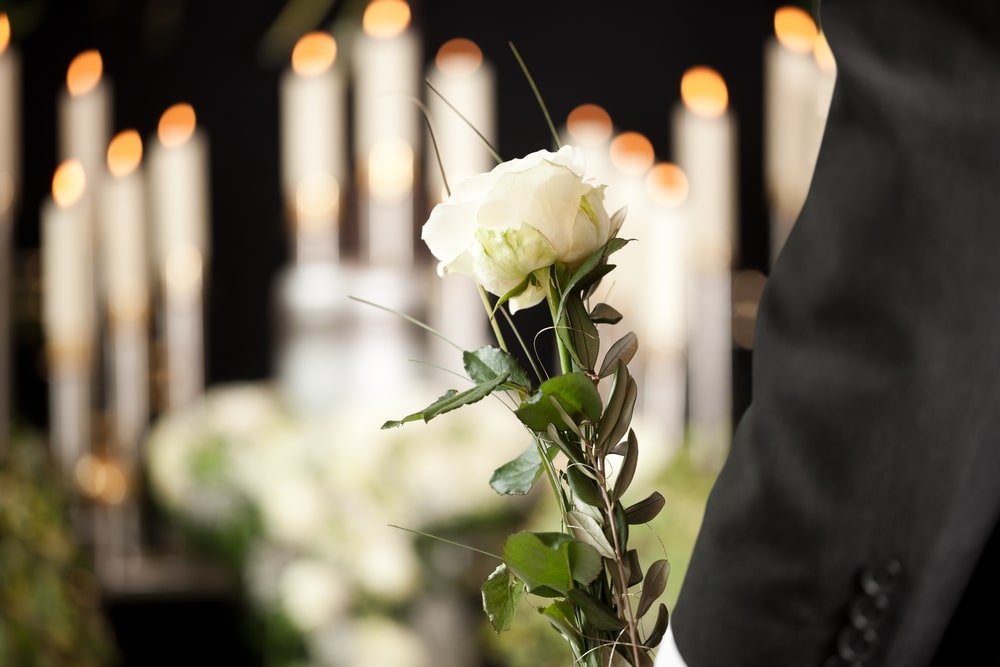
The articles below will help you learn more about your options, how to personalize a funeral, and the burial benefits available to veterans. Also, here’s a printable Funeral Planning Checklist to help you out.
Exploring Your Options:
The 5 Basic Steps of Funeral Planning
What Are My Interment Options?
What Should I Know When Considering Cremation?
Cremation and the Importance of Ceremony
Selecting a Cremation Urn
What Are My Burial Options?
How to Select a Casket
What You Need to Know About Anatomical Donation
Personalizing a Funeral:
7 Elements of a Healing and Meaningful Funeral
Why Does Funeral Personalization Matter?
5 Meaningful Actions to Personalize a Funeral
6 Ways to Personalize a Funeral
Helping Your Family Personalize a Funeral
Adding Military Honors:
The Core Elements of a Military Honors Funeral
What You Need to Know About Veterans’ Burial Benefits
Though it may seem like a lot, by working with a funeral professional, you don’t have to worry about missing anything. They will walk you through the planning process, step by step. Once you’ve planned a personalized service, you can move on to considering permanent memorial options.
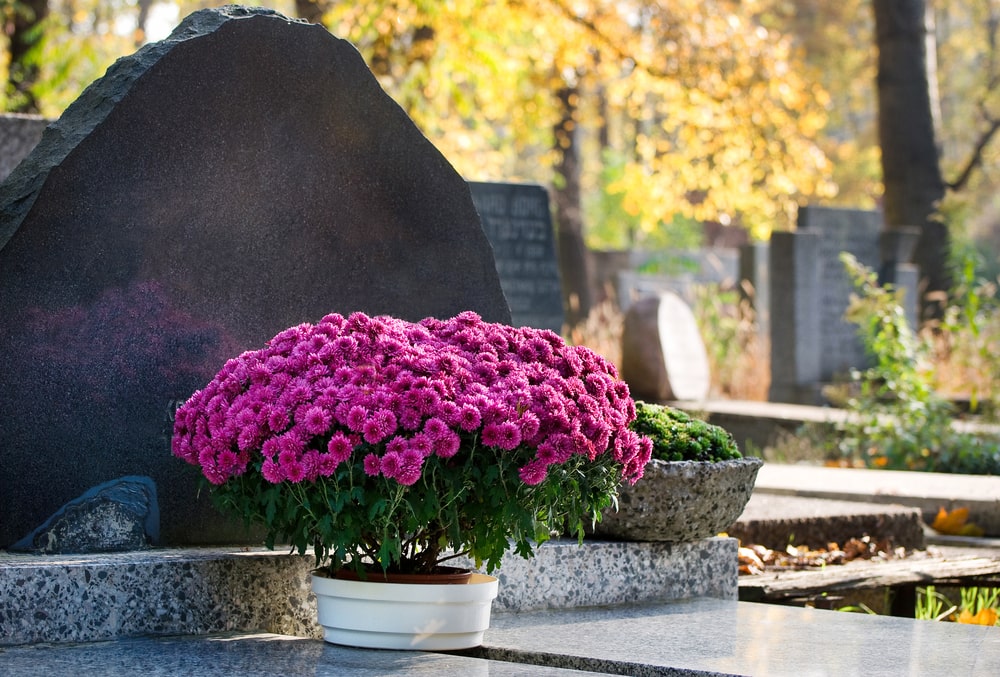
Step 3: Permanent Memorial Options
In addition to planning a final tribute for your loved one, you will also need to consider permanent memorial options. If your loved one is buried, this may mean a grave marker. If they are cremated, it could mean burial, scattering, cremation jewelry, and more. But ultimately, you must make a permanent plan for your loved one’s remains so that they will be taken care of for generations to come.
Here are a few thoughts to help you:
5 Reasons to Establish a Permanent Memorial
Permanent Placement Options for Cremated Remains
Selecting and Installing a Grave Marker
Step 4: Pay for the Funeral
Now that all of your selections have been made, you will need to consider how to pay for the funeral. If your loved one purchased a prepaid funeral plan, then payment should be covered already. For other families, there are a variety of options available to pay for a funeral or memorial service.
5 Ways to Pay for a Funeral
7 Ways to Pay for Unexpected Funeral Expenses
Step 5: After the Funeral is Over
The funeral or memorial service is complete. Hopefully, you feel a sense of accomplishment and deep peace that you were able to honor and remember your loved one’s life in personalized and meaningful way. Now, it’s time to turn your attention to a few more logistical tasks.

1. Contact outside organizations
You will need to inform banks, insurance companies, health clubs, social media platforms, and many more places about the death of your loved one. More often than not, you will need to provide a death certificate as proof, so make sure to request plenty when the funeral home asks how many you want. To help with this process, print this Things to Remember Checklist so you have a simple, printable list of places to contact and things to remember as you inform others about your loved one’s death.
2. Probate the will
If your loved one had a legal will or trust, then you will need to work with an attorney or the court system so that you can begin the process of distributing your loved one’s property in the way they desired. If there is no legal will, you and your family will need to petition the court to find out what will happen to your loved one’s property and assets.
3. Send thank you notes
During the funeral planning process, there may have been people who were particularly helpful or kind that you want to thank. It could be that they took care of your kids, sent flowers or a sympathy gift, or offered practical help. Regardless, you might consider sending a quick note to express your gratitude for their love and support. For a few tips on writing funeral thank you card, go to Simple Tips for Writing Funeral Thank You Notes.

4. Sort through possessions
For some, sorting through a loved one’s possessions can take place over a longer period of time, but for others, the sorting process is more immediate. No matter which camp you fall into, read Sorting Through a Loved One’s Possessions for a few tips about developing a strategy for success.
5. Create memorial items
If you like to keep something to remind you of a time, place, or person, then you might consider the value of creating a memorial item. For instance, as you sort through your loved one’s possessions, you might find an old shirt that reminds you of them. Using that shirt, you could create a Christmas ornament or pillow to remind you of the one you love. For a few more ideas, feel free to read Creating Memorial Keepsakes with Funeral Flowers or Creating Memorial Keepsakes with a Loved One’s Clothing.
6. Put your own wishes in writing
Now that you’ve planned a funeral from start to finish, it’s easy to see how planning ahead for funeral wishes can protect loved ones from a lot of stress and worry. Consider putting your own funeral wishes in writing, a simple way you can give your family a gift of love even after you’re gone. Also, consider the benefits of estate planning, especially writing a legal will and putting your advance care directives in order. The more you do now, the easier everything will be on your family should something happen.
Step 6: Do the Work of Grief
Though it is listed last here, grief will be your companion throughout the entire funeral planning process and beyond. In many ways, the funeral or memorial service simply marks the beginning of the grief journey, not the end. Now, you must do the work of grief and find a way to reconcile yourself to the loss you’ve suffered.
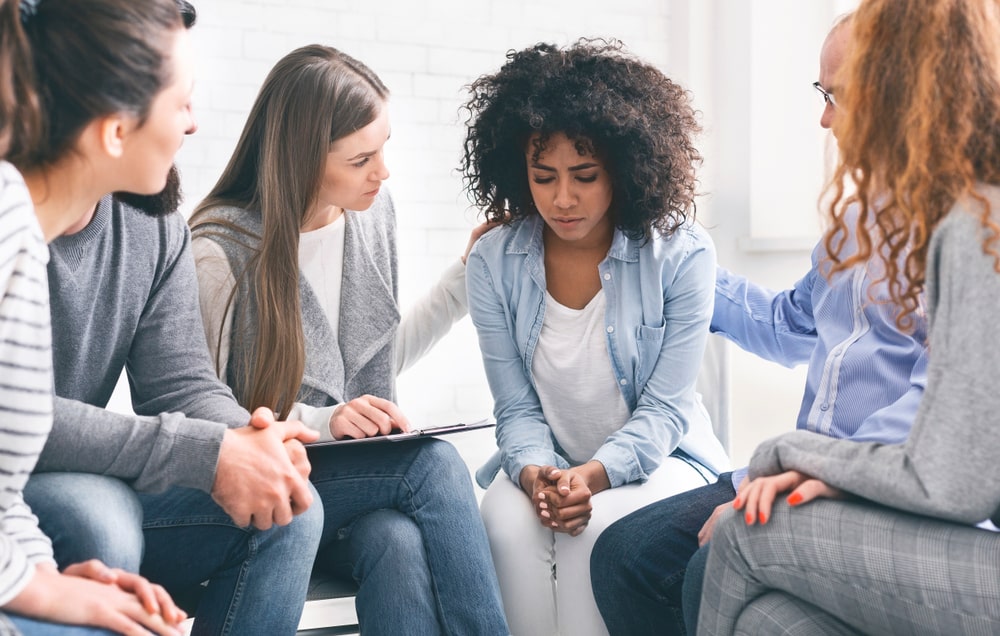
Dr. Alan Wolfelt, a nationally respected author, counselor, and grief expert, says:
“In life, everyone grieves. But their grief journeys are never the same. Despite what you may hear, you will do the work of mourning in your own special way. Be careful about comparing your experience with that of other people. Also, do not adopt assumptions about how long your grief should last. Just consider taking a ‘one-day-at-a-time’ approach. Doing so allows you to mourn at your own pace.”
In other words, this is a journey only you can take. It’s unique. It’s personal. You’ve lost someone you love – you have a right to feel what you feel. It may be sadness, anger, guilt, fear, or even relief. All of these are normal reactions to loss and nothing to be ashamed of. In the end, the main goal is to face your emotions, reconcile yourself to a future you didn’t ask for, and find a way to move forward with new purpose and meaning. It’s possible – one day at a time.
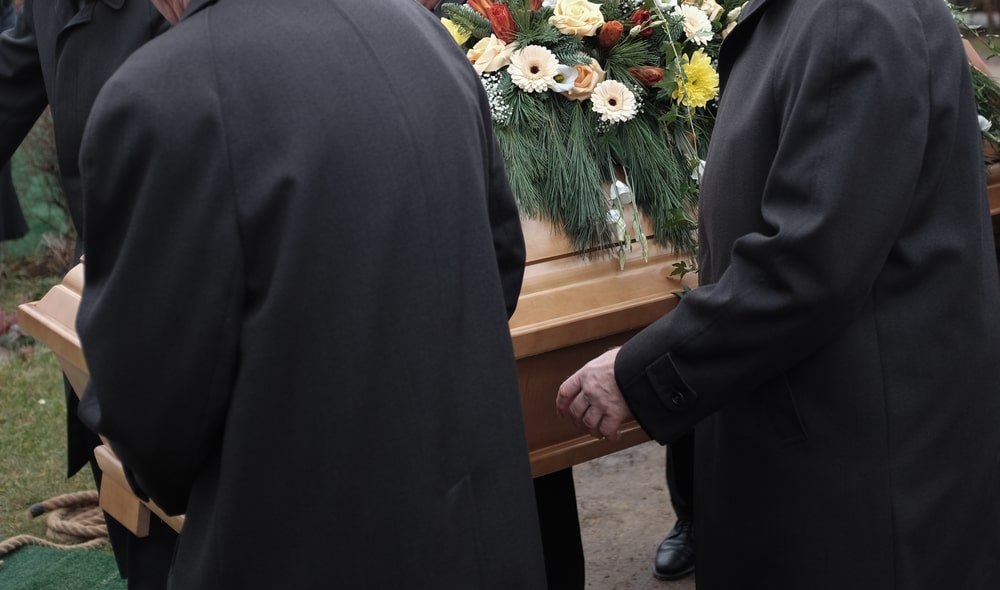






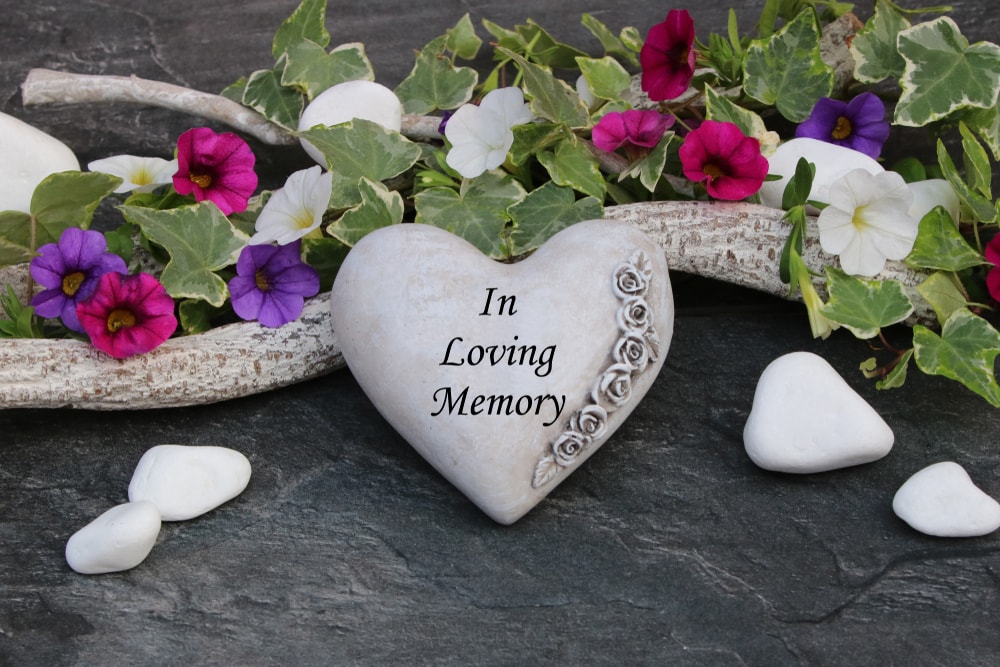











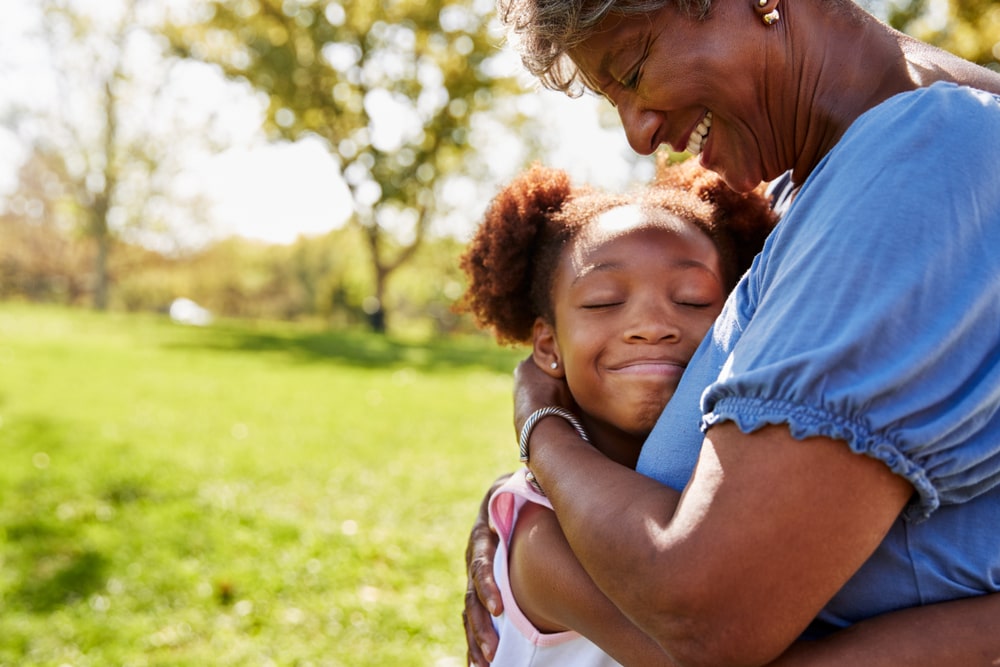

 Readings
Readings